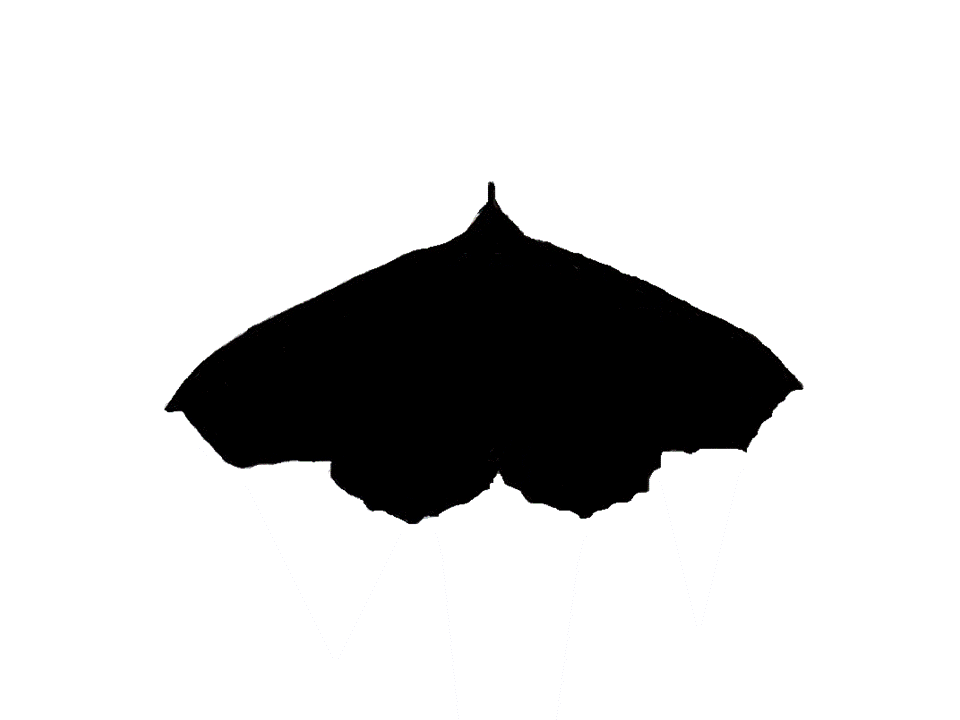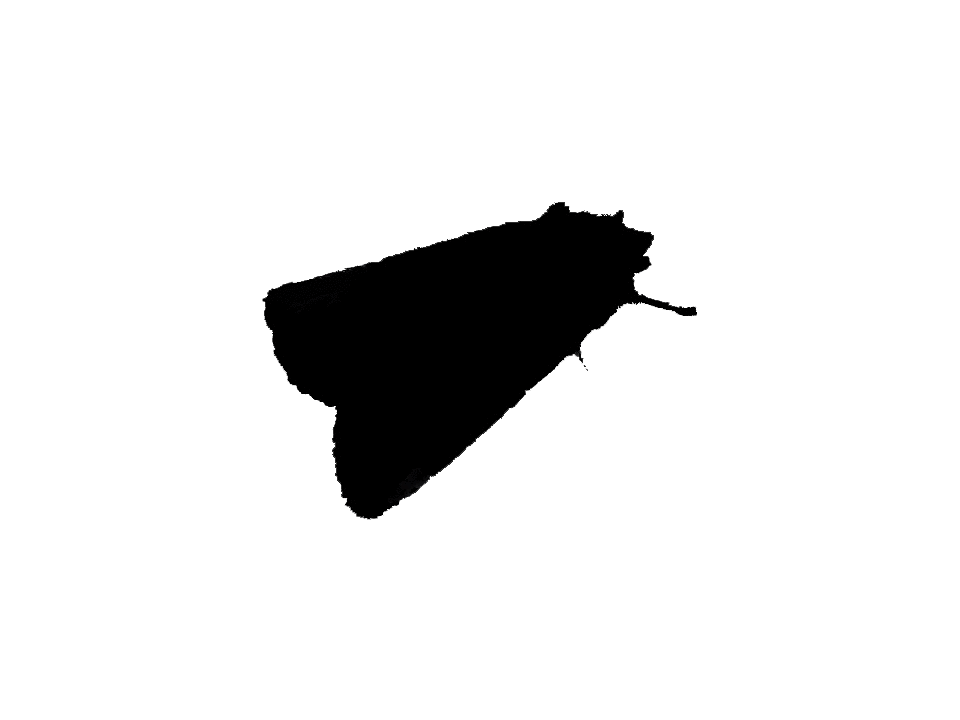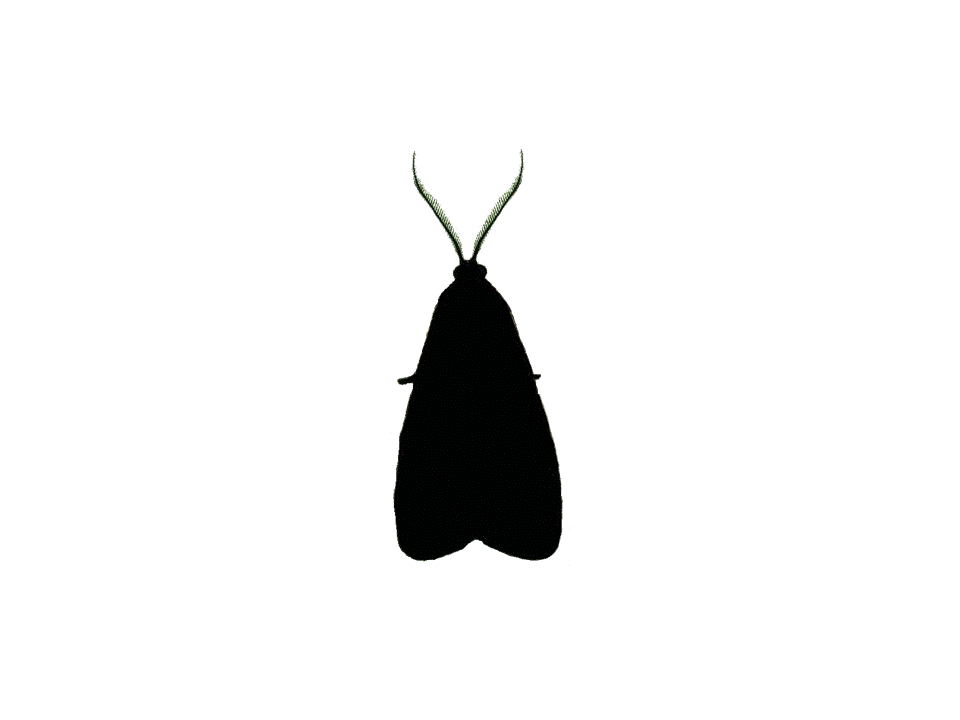PHILIPPINE
LEPIDOPTERA

Simple key to major moth groups. The silhouettes are general in nature, and there are exceptions in each group.
* Some of the moth silhouettes are from BugGuide.net http://bugguide.net/node/view/21675
(Hover on the moth silhouette and to view album)
Silkworm Moths
Moderate-sized moths having larvae that feed on leaves and spin cocoons of commercially usable silk and including the domesticated silkworms (genus Bombyx).
Grass Moths
Variable in appearance. Some are inconspicuous, while other subfamilies include brightly coloured and patterned insects which rest in wing-spread attitudes.
Hook-tip Moths
Medium-sized, broad-winged moths with short bodies. Many species in the Drepanid family have a distinctively hook-shaped apex to the forewing, leading to their common name of hook-tips.
































